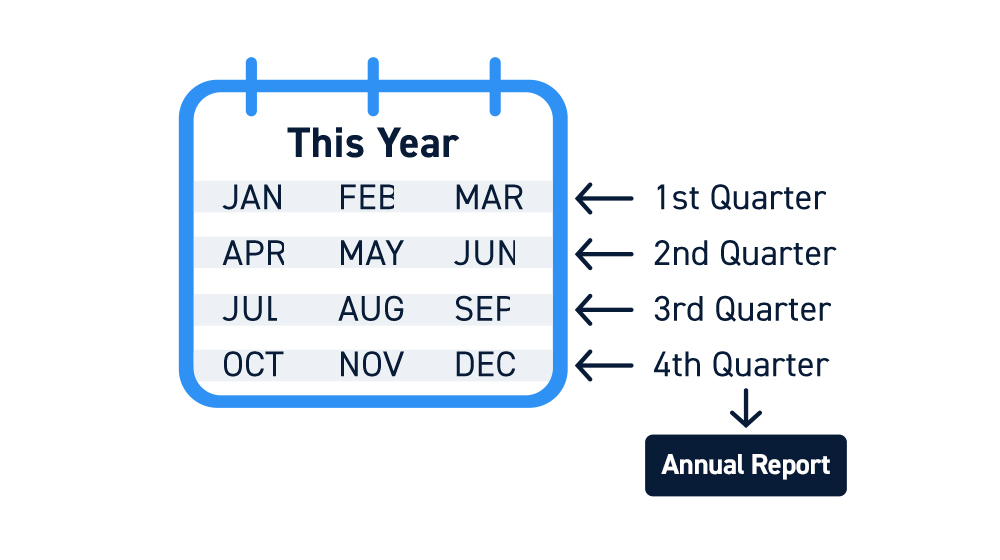Did you know that even the most seasoned day traders can get tangled in legal red tape faster than a cat in a yarn factory? Staying compliant with day trading laws is crucial for any trader looking to avoid hefty fines and legal trouble. In this article, we’ll cover essential legal requirements for day trading, including registration with the SEC, understanding the Pattern Day Trader rules, and the necessary capital to start trading legally. We’ll also discuss how to sidestep wash sale violations, navigate tax obligations, and adhere to FINRA regulations. Plus, we’ll highlight best practices for recordkeeping and how to stay informed on changing laws. With insights from DayTradingBusiness, you’ll be well-equipped to make informed trading decisions while keeping your activities above board.
What are the key legal requirements for day trading?
To stay compliant with day trading laws, you must follow the Pattern Day Trader rule, which requires maintaining a minimum account balance of $25,000. You need to adhere to SEC regulations and FINRA rules, including proper recordkeeping of all trades. Register with your brokerage, which must comply with all relevant securities laws. Avoid using unregistered or illegal trading platforms. Follow rules on margin trading, ensuring you don’t exceed allowed leverage. Finally, disclose any significant holdings and report suspicious activity if required.
How do I register as a day trader with the SEC?
You don’t register as a day trader with the SEC. Instead, you need to meet the Pattern Day Trader (PDT) rule, which requires maintaining at least $25,000 in your trading account if you execute four or more day trades within five business days. To stay compliant, open a brokerage account that enforces PDT rules, and keep your account balance above $25,000 if you plan frequent day trading. No formal SEC registration is necessary for individual day traders.
What are the Pattern Day Trader rules and limits?
Pattern Day Trader rules require maintaining a minimum account balance of $25,000 in a margin account. If you execute four or more day trades within five business days, and those trades represent over 6% of your total trading activity, you're flagged as a pattern day trader. Once flagged, you must keep at least $25,000 in your account daily to continue day trading. Falling below this limit results in trading restrictions—usually a 90-day hold on new day trades until the balance is restored.
How much capital do I need to start day trading legally?
You need at least $25,000 in your trading account to day trade legally in the U.S. under the Pattern Day Trader rule.
How do I avoid violating wash sale rules?
To avoid wash sale violations, wait 30 days before repurchasing the same or substantially identical security after selling it at a loss. Keep detailed records of all trades to track timing. Use different securities or ETFs that aren’t considered identical. Consider using tax-advantaged accounts like IRAs for loss harvesting to avoid wash sale rules. Consult with a tax professional to ensure compliance with day trading laws and wash sale regulations.
What tax obligations do day traders have?
Day traders must report their profits and losses on Schedule C or Schedule D of their tax return, paying income tax on gains. They are also subject to self-employment tax if trading is considered a business. Keep detailed records of all trades, including dates, prices, and fees. If trading frequently, you might need to pay estimated quarterly taxes. Different rules apply for pattern day traders, who must maintain a minimum account balance of $25,000 and follow SEC regulations. Failing to report income or pay taxes can lead to penalties and audits.
How can I ensure my trading activities are compliant with FINRA regulations?
Follow FINRA rules on pattern day trading, maintain minimum equity of $25,000, and keep detailed records of all trades. Stay updated on FINRA and SEC regulations, complete required training, and consult a compliance officer regularly. Use approved trading platforms and avoid manipulative practices. Regularly review your trading activity to ensure it aligns with all FINRA requirements.
What are the reporting requirements for day trading profits?

Report day trading profits as ordinary income or capital gains on your tax return, depending on your trading activity and holding periods. If you’re classified as a trader, you may qualify for mark-to-market accounting and report gains and losses annually on Form 4797. Keep detailed records of all trades, including dates, prices, and commissions. The IRS requires accurate reporting of all taxable gains and losses from day trading activities to stay compliant.
How do I stay updated on changing trading laws?
Subscribe to official financial regulatory websites like the SEC or FINRA. Follow reputable financial news outlets for updates. Join online trading communities and forums where traders share legal changes. Consult a financial lawyer or compliance expert regularly. Set Google alerts for "trading law updates" or specific regulations. Attend industry seminars or webinars on trading compliance. Regularly review your broker’s updates and notices for legal changes.
What are the penalties for illegal day trading?
Penalties for illegal day trading include hefty fines, account freezes, and potential criminal charges like fraud or market manipulation. You could face civil lawsuits, loss of trading privileges, or even jail time if authorities find you intentionally violate trading laws. The SEC or FINRA can impose disciplinary actions, and regulatory agencies may revoke your license or registration.
How can I differentiate between active trading and illegal manipulation?
Active trading involves frequent buying and selling based on market movements, while illegal manipulation manipulates prices through false info, wash trades, or pump-and-dump schemes. Look for suspicious patterns like coordinated trades, sudden spikes without news, or efforts to deceive other traders. Legitimate trading reflects normal market activity; manipulation aims to distort prices for personal gain. Stay compliant by following SEC rules, avoiding false disclosures, and reporting suspicious activity. If a trade seems designed to create artificial price moves, it’s likely manipulation.
What are the best practices for recordkeeping to stay compliant?
Keep detailed, organized records of all trades, including dates, prices, and outcomes. Use reliable software to track transactions and account statements. Regularly review and reconcile your records with broker reports. Maintain documentation of all tax filings and correspondence with regulators. Store records securely for at least five years. Stay updated on changing regulations and adjust your recordkeeping practices accordingly.
How do margin rules affect legal day trading?
Margin rules determine how much you can borrow to trade stocks, requiring a minimum of 25% equity for pattern day traders. If your account falls below this, you get a margin call, limiting your trades or shutting you out until you meet the minimum. These rules enforce discipline, preventing excessive risk and potential losses. Staying compliant means maintaining the required margin, avoiding violations that could lead to account restrictions or fines.
Learn about How Do Market Makers and Liquidity Providers Affect Day Trading?
What disclosures are required for day trading accounts?
Day trading accounts must disclose their pattern day trading status, including the requirement to maintain a minimum $25,000 equity balance. Brokers must inform clients about the Pattern Day Trader rule, restrictions on trading frequency, and potential margin calls if the account falls below the minimum. Disclosures should also the risks of high-frequency trading and the possibility of account restrictions if regulations are violated.
How can I avoid common legal pitfalls in day trading?

To stay compliant with day trading laws, always understand SEC and FINRA rules, especially regarding pattern day trading and margin requirements. Keep detailed records of all trades and transactions to demonstrate compliance. Avoid misleading or false statements in your trading communications. Use a reputable broker that adheres to legal standards. Stay updated on regulatory changes and seek legal advice if unsure about specific trades or strategies.
Learn about What are common legal pitfalls in day trading?
Conclusion about How to Stay Compliant With Day Trading Laws
In conclusion, understanding and adhering to day trading laws is essential for successful trading. By familiarizing yourself with key legal requirements, registration processes, and compliance regulations, you can mitigate risks and enhance your trading strategy. Staying informed about evolving laws and best practices, such as maintaining thorough records and avoiding wash sale violations, will further protect your investments. For ongoing support and in-depth insights, DayTradingBusiness is here to help you navigate the complexities of day trading compliance.
Learn about How to Stay Updated on Emerging Day Trading Patterns